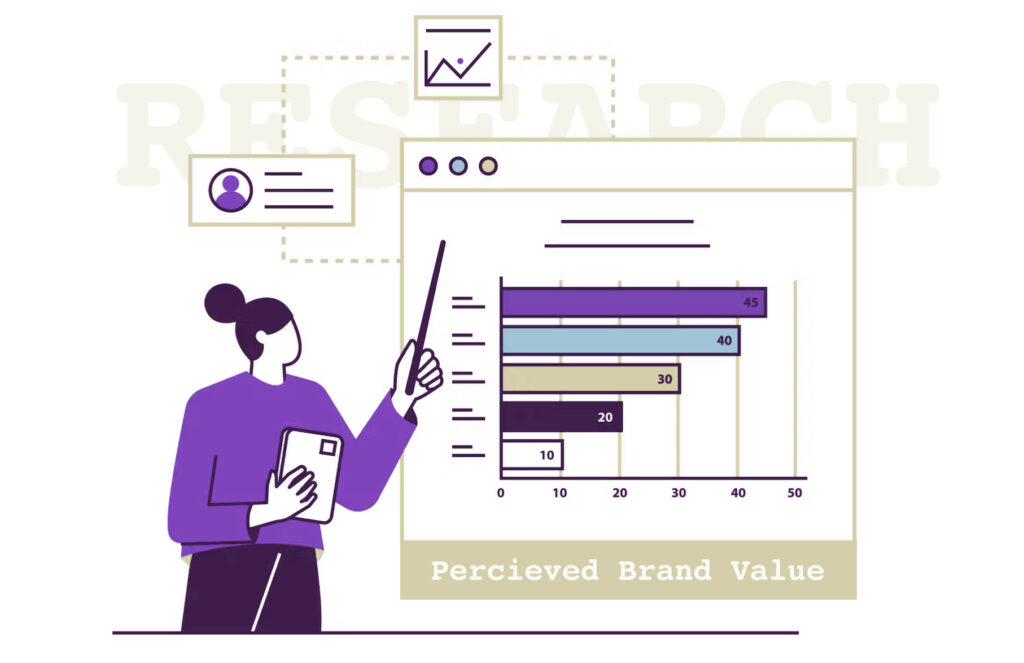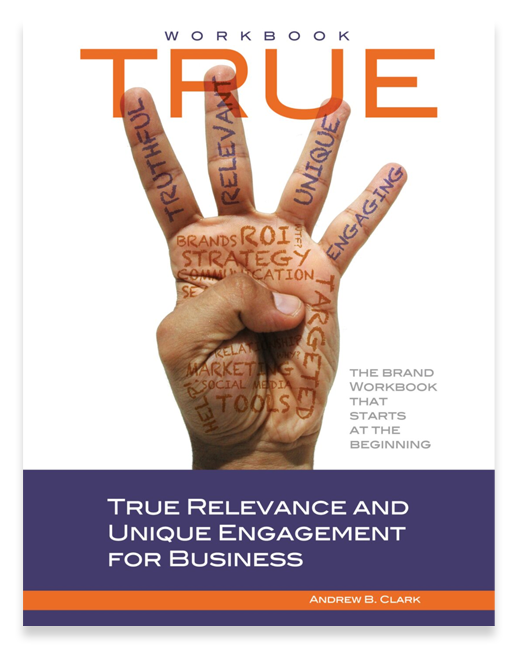Today, I spent the morning working through a content calendar for a client. While they have a very limited budget, I assured them this content campaign (more of a digital P.R. campaign), would focus on how their brand delivers value to their customers, garnering them a more positive brand perception within their community as well as helping build the long tale and connectivity for future campaigns (SEO focused).
Initially they had a budget for approximately 10-12 articles targeted to a community of their utility subscribers. While “Competition,” per se, is nominal (get service from a neighboring city?), the client still wanted to mitigate any negative discussions about their products or services leading up to a community vote for board members later in the year.
Assumption: As a utility provider, the immediate and most obvious brand value you’d think customers attach to you would center on basic delivery of services – was it timely, affordable, safe, etc. But in the research, less than 8% of the respondents indicated their products or services were even at question. What did stand out, though, was a more value-based perspective from respondents. They indicated a high-ranking set of values beyond the basic delivery of service – Education, Conservation, Community Involvement, Technology, and Growth – as the “Most important values” the utility could provide customers.
Perspective Change: For more than two and a half decades this utility board had been servicing their constituents with dedication and discipline, day-in and day-out. In most cases, the only complaints customers had were due to brief outages, natural disasters, or basic clarification of fees. Yet, these two factors (service and support) ranked lower in the perceived value customers expected from the utility’s brand. Why?
I say it was a miss-focus of communication. Or an absolute absence of strategic brand messaging altogether. (Ding!)
You see, in a majority of the survey answers, the customers had no problem with the product or service they received. What they did have a problem with was defining the value the utility board and its members provide to the community (outside the obvious delivery of service). So, why would the board and/or the employees matter in the customers’ value perception? And, to push it a little further, why vote for more/new board members if it (they) really didn’t matter? “Ouch.”
Suddenly our challenge was very simple. Start talking about the things that are important to the customers – Education, Conservation, Community Involvement, Technology, and Growth – and less about the actual utility. Or, in marketer speak, less “We Keep the Lights On” and more “Your Kids Learn Better Because We Work With Our Community.” (Don’t hold the creative under a microscope. Just pointing out the focus change) 😉
So, with an intention on coming up with 10 to 12 articles to be delivered over as many months, we brainstormed through the values the customers said were “Most important” to them. After more than two hours of discussion, we ended up with 45 potential stories we could craft to support their brand across the 5 verticals – everything from community involvement to advances in technology and streamlining of highly intricate utility systems. It was glorious!
At the end of the brainstorming session, I set down my marker, stepped back, and looked at the white board just chock full of brand value. Not one statement was duplicative nor was it a stretch to consider it a VALUE to the customer. No spin. Just a great group of hard working, dedicated community servants. Done. Now, to tell the stories.
That’s how research and data can refocus your brand value and the messaging you ultimately use to build a TRUE brand community. While the story you tell yourselves is one thing (“We Keep The Lights On”), what the customers value is the view from outside your building. And that’s certain to reveal a different “Truth.”
Sometimes, when you’re so focused on doing the job, you forget to look at the value you provide beyond basic deliverables. In this case, we were able to identify 4 times more content than they even imagined and (as I jut my chest out with pride) better understood the value of their own brand.
So, what do you think YOUR customers see as your brand value? Is it more than the product or service you provide?
I bet it is, and I’d love to help you find out more.
Food for thought.
Until next time,
KEEP COOKIN’
Andrew B. Clark, TheBrandChef
SPOKE Communications, LLC



